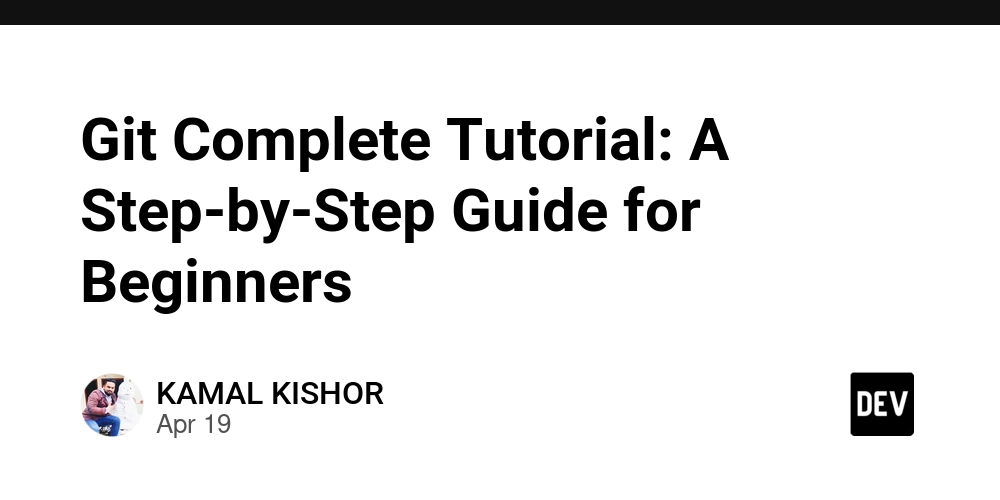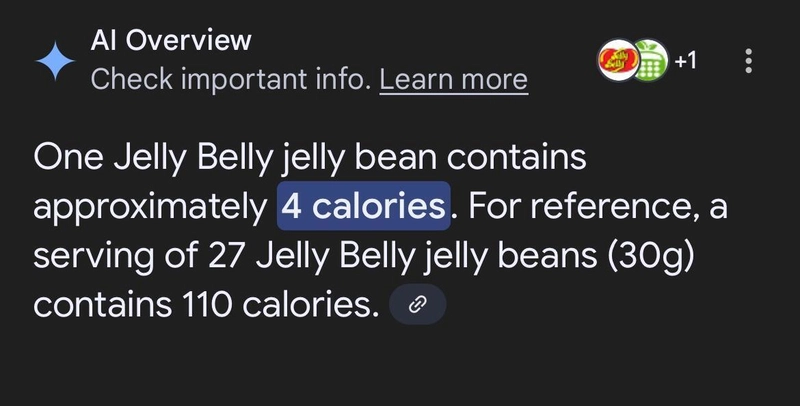Git Complete Tutorial: A Step-by-Step Guide for Beginners
Git is a distributed version control system that helps developers track changes in their code, collaborate with others, and manage software projects efficiently. Whether you are a beginner or just brushing up on your skills, this tutorial will walk you through everything you need to know to master Git. Table of Contents What is Git? Installing Git Initial Configuration Creating and Cloning Repositories Basic Git Workflow Branching and Merging Working with Remote Repositories Undoing Changes Using .gitignore Advanced Git Commands Git GUI Tools Conclusion What is Git? Git is a version control system used for tracking changes in source code during software development. It allows multiple developers to work on a project simultaneously, without overwriting each other's work. Installing Git Windows / macOS / Linux: Download and install Git from git-scm.com. Verify installation: git --version Initial Configuration Set your identity: git config --global user.name "Your Name" git config --global user.email "you@example.com" View your configuration: git config --list Creating and Cloning Repositories Create a new local repository: mkdir my-project cd my-project git init Clone an existing repository: git clone https://github.com/username/repo-name.git Basic Git Workflow Check status: git status Stage files: git add filename # Add specific file git add . # Add all changes Commit changes: git commit -m "Meaningful commit message" View commit history: git log git log --oneline Branching and Merging Create a new branch: git branch new-branch Switch to a branch: git checkout new-branch Create and switch in one step: git checkout -b new-branch Merge a branch: git checkout main git merge new-branch Delete a branch: git branch -d new-branch Working with Remote Repositories Add remote: git remote add origin https://github.com/username/repo.git Push changes: git push -u origin branch-name Pull changes: git pull origin branch-name Undoing Changes Unstage a file: git reset filename Undo last commit (keep changes): git reset --soft HEAD~1 Discard all local changes: git checkout -- . Using .gitignore Create a .gitignore file to exclude files/folders from version control: node_modules/ .env dist/ *.log Advanced Git Commands Stash changes: git stash Apply stashed changes: git stash apply Rebase: git rebase branch-name Cherry-pick a commit: git cherry-pick commit-id Git GUI Tools GitHub Desktop Sourcetree GitKraken VS Code Source Control Panel Conclusion Git is an essential tool for modern software development. With this step-by-step guide, you can start using Git confidently for your projects. Keep practicing, explore advanced commands, and soon you'll be managing branches, resolving merge conflicts, and collaborating like a pro. Happy coding!

Git is a distributed version control system that helps developers track changes in their code, collaborate with others, and manage software projects efficiently. Whether you are a beginner or just brushing up on your skills, this tutorial will walk you through everything you need to know to master Git.
Table of Contents
- What is Git?
- Installing Git
- Initial Configuration
- Creating and Cloning Repositories
- Basic Git Workflow
- Branching and Merging
- Working with Remote Repositories
- Undoing Changes
- Using .gitignore
- Advanced Git Commands
- Git GUI Tools
- Conclusion
What is Git?
Git is a version control system used for tracking changes in source code during software development. It allows multiple developers to work on a project simultaneously, without overwriting each other's work.
Installing Git
Windows / macOS / Linux:
- Download and install Git from git-scm.com.
- Verify installation:
git --version
Initial Configuration
Set your identity:
git config --global user.name "Your Name"
git config --global user.email "you@example.com"
View your configuration:
git config --list
Creating and Cloning Repositories
Create a new local repository:
mkdir my-project
cd my-project
git init
Clone an existing repository:
git clone https://github.com/username/repo-name.git
Basic Git Workflow
Check status:
git status
Stage files:
git add filename # Add specific file
git add . # Add all changes
Commit changes:
git commit -m "Meaningful commit message"
View commit history:
git log
git log --oneline
Branching and Merging
Create a new branch:
git branch new-branch
Switch to a branch:
git checkout new-branch
Create and switch in one step:
git checkout -b new-branch
Merge a branch:
git checkout main
git merge new-branch
Delete a branch:
git branch -d new-branch
Working with Remote Repositories
Add remote:
git remote add origin https://github.com/username/repo.git
Push changes:
git push -u origin branch-name
Pull changes:
git pull origin branch-name
Undoing Changes
Unstage a file:
git reset filename
Undo last commit (keep changes):
git reset --soft HEAD~1
Discard all local changes:
git checkout -- .
Using .gitignore
Create a .gitignore file to exclude files/folders from version control:
node_modules/
.env
dist/
*.log
Advanced Git Commands
Stash changes:
git stash
Apply stashed changes:
git stash apply
Rebase:
git rebase branch-name
Cherry-pick a commit:
git cherry-pick commit-id
Git GUI Tools
- GitHub Desktop
- Sourcetree
- GitKraken
- VS Code Source Control Panel
Conclusion
Git is an essential tool for modern software development. With this step-by-step guide, you can start using Git confidently for your projects. Keep practicing, explore advanced commands, and soon you'll be managing branches, resolving merge conflicts, and collaborating like a pro.
Happy coding!







































































